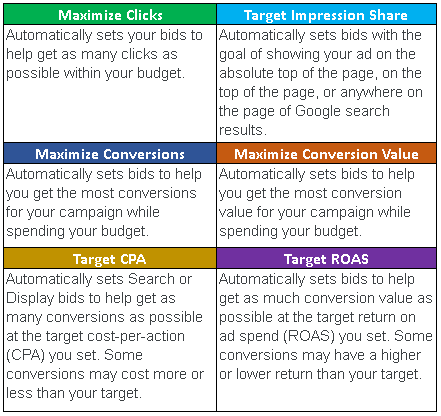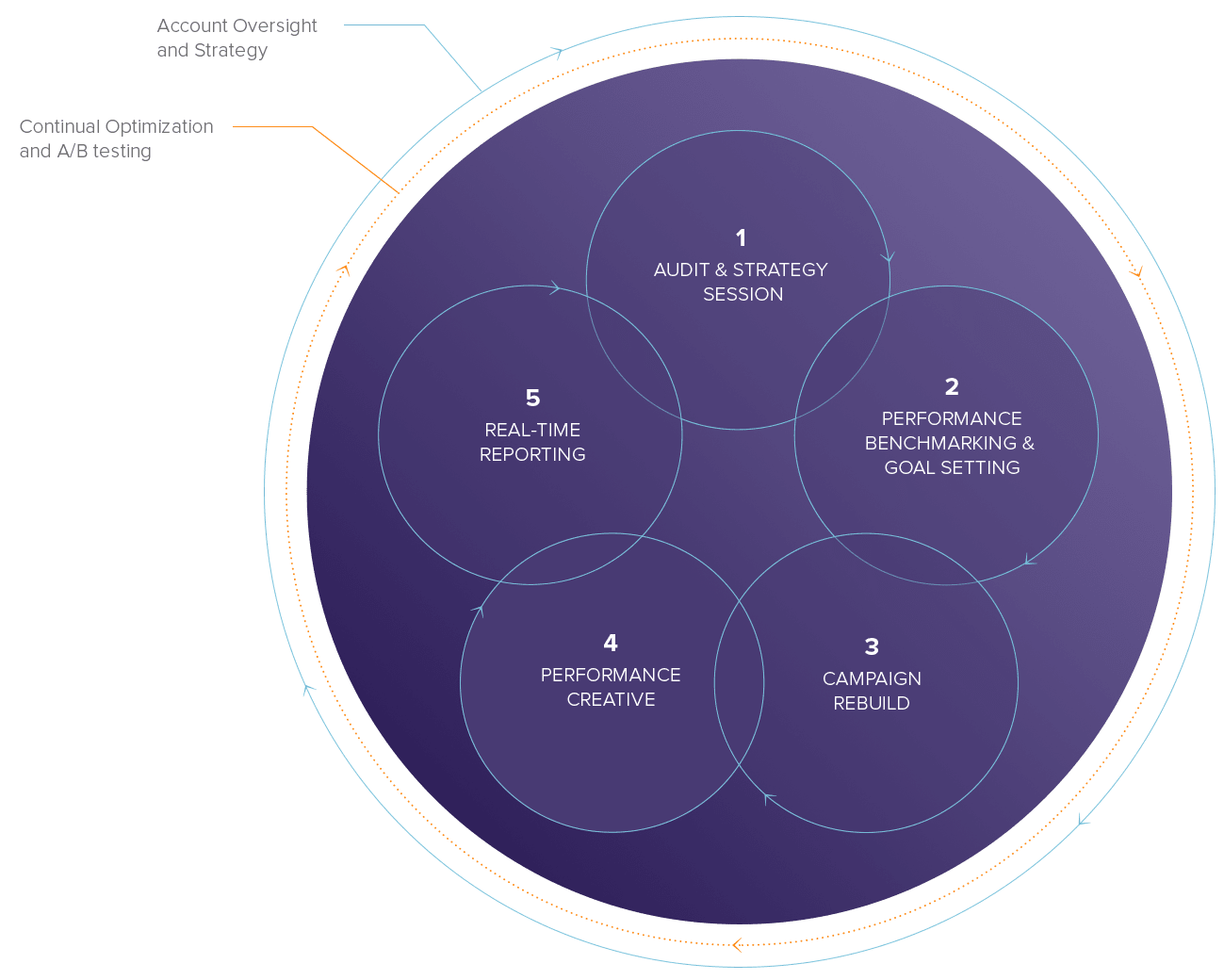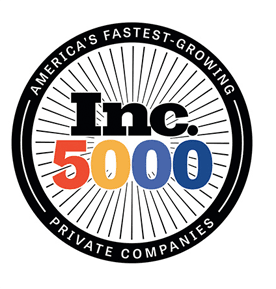Understanding Google Ads Automated Bidding
Google Ads automated bidding strategies have been pretty controversial in the past. When they first launched most marketers believed a manual bidding strategy would always beat an automated bidding strategy. Over time that view has shifted and it has now become how Google’s machine learning and automated bidding strategies should be best leveraged to improve account performance.
Is Testing an Automated Bidding Strategy Right for Your Account?
Most bidding strategies rely heavily on data and specifically conversions. Typically, it is recommended that you have at least 30 conversions in the past 30 days of data. Also, it is very important that your conversion tracking is setup correctly. An automated bidding strategy is not a magic solution and cannot fix a poorly structured account. If you have a campaign that is already generating results, then that is usually when you want to experiment with another bidding strategy and see if you can improve the performance. However, you need to have a goal in mind before testing to get the best results. If you have a goal in mind, conversion tracking setup and enough data, then you should be experimenting with automated bidding strategies.
Strategies for Testing Automated Bidding
Automated bidding can be one of the best tools at your fingertips when optimizing Google Ads performance. The important thing is that you setup proper experiments and test these strategies. You will want to use Google’s Drafts & Experiments tool to create a new version of your campaign that tests a different bidding strategy. This is currently the best way to experiment with automated bidding strategies. Test multiple strategies and never assume you know what will work best in your account because you might end up being surprised with what ends up delivering the best results in your specific campaigns. Also, even if you have tested a strategy in the past and didn’t get the best results, it might be worth giving it another try because Google’s machine learning is constantly improving. An experiment you ran a year ago may have very different results if you run the same test now. Every single automated bidding strategy has aspects to it that are important to be aware of and be cautious with when testing. These are not set it and forget it solutions and do not replace being active in an account and making optimizations. You need to be strategic about the adjustments and changes you are making to your campaigns that use automated bidding.
What Bidding Strategy is Right for Your Account?
There are several different strategies you can test in an account and there is not a one size fits all solution. It is important to think about what the goals are for the specific Google Ads campaign and then test the best strategy that matches up with your goals. The automated bidding strategies can be thought of and placed into 3 different buckets.
Bucket 1: Brand Awareness
If the goal of your campaign is mainly focused on getting people to see your ads and visit your site and you have less of an emphasis on driving conversions, then the Maximize Clicks or the Target Impression Share bidding strategies are options you can test.
Bucket 2: Drive Conversions
If the goal of your campaign is to drive as many conversions or revenue as possible and profitability or return on ad spend are not as important, then the Maximize Conversions or the Maximize Conversion Value bidding strategies are options you can test.
Bucket 3: Profitability
If your goal is mostly centered on driving conversions or revenue but staying within a specific cost per conversion or return on ad spend, then the Target CPA or the Target ROAS bidding strategies are options you can test.
Things to Consider for Each Automated Bidding Strategy

Maximize Clicks
- Just because this bidding strategy is focused more on driving click volume, doesn’t mean it won’t drive conversions as well.
- It is very important to set a maximum CPC when testing this strategy otherwise you may end up paying more for a click than you would like.
- This strategy is designed to deliver as many clicks as possible for your daily budget, but it will also try to ensure it is spending the full budget so keep an eye on your click costs when running a test to make sure this strategy is really delivering more clicks.
-
Target Impression Share
- This bidding strategy is the most heavily focused on Brand awareness and reach.
- It is still very important to set a maximum CPC because even if your goal is to raise awareness or expand reach for most companies there is still a point where a certain click cost doesn’t make sense financially.
-
Maximize Conversions
- This bidding strategy can be one of the most powerful and one of the most dangerous strategies to use.
- Max Conversions only focuses on driving as many conversions as possible within your budget. So, it does not have any parameters set for a maximum CPC or a target cost per conversion.
- Google will try to spend the entire budget you have set so many times with this strategy a campaign will be delivering solid results at a lower budget but as you raise the budget and try to scale the campaign you may start to see profitability move in the wrong direction
-
Maximize Conversion Value
- This strategy is really tailored for eCommerce accounts and designed to generate as much revenue as possible.
- Google will put a higher emphasis on the products that are more likely to result in higher revenue conversions.
- There is no maximum CPC limit so sometimes your cost may end up being higher and return on ad spend may fluctuate.
-
Target CPA
- This strategy is one of the most reliant on conversion data. You need to have enough conversions at the campaign level for this to work best. Usually, if you don’t have at least 30 conversions in the last 30 days at the campaign level then the strategy does not deliver as good of results. If a single campaign doesn’t have enough conversions, you may consider testing at a portfolio level.
- It is important to set a realistic cost per conversion goal especially when you are first launching the campaign.
- Target CPA can sometimes result in lower spend and not quite hit budgets especially if the lead volume is a little lower.
-
Target ROAS
- This is a bidding strategy that is tailored for eCommerce accounts because it is focused on delivering a specified return on ad spend.
- Just like with Target CPA it is important that you have enough conversions when using this strategy and you set a realistic ROAS goal.
-
Conclusion
If you are not testing automated bidding strategies in your Google Ads account it is very likely that you are missing out on performance improvements. At the very least you are missing out on the opportunity to learn more about what works in your account and what does not. As a marketer you should always be striving to improve the performance of an account, and automated bidding strategies have proven to be a valuable tool you can use.











